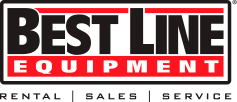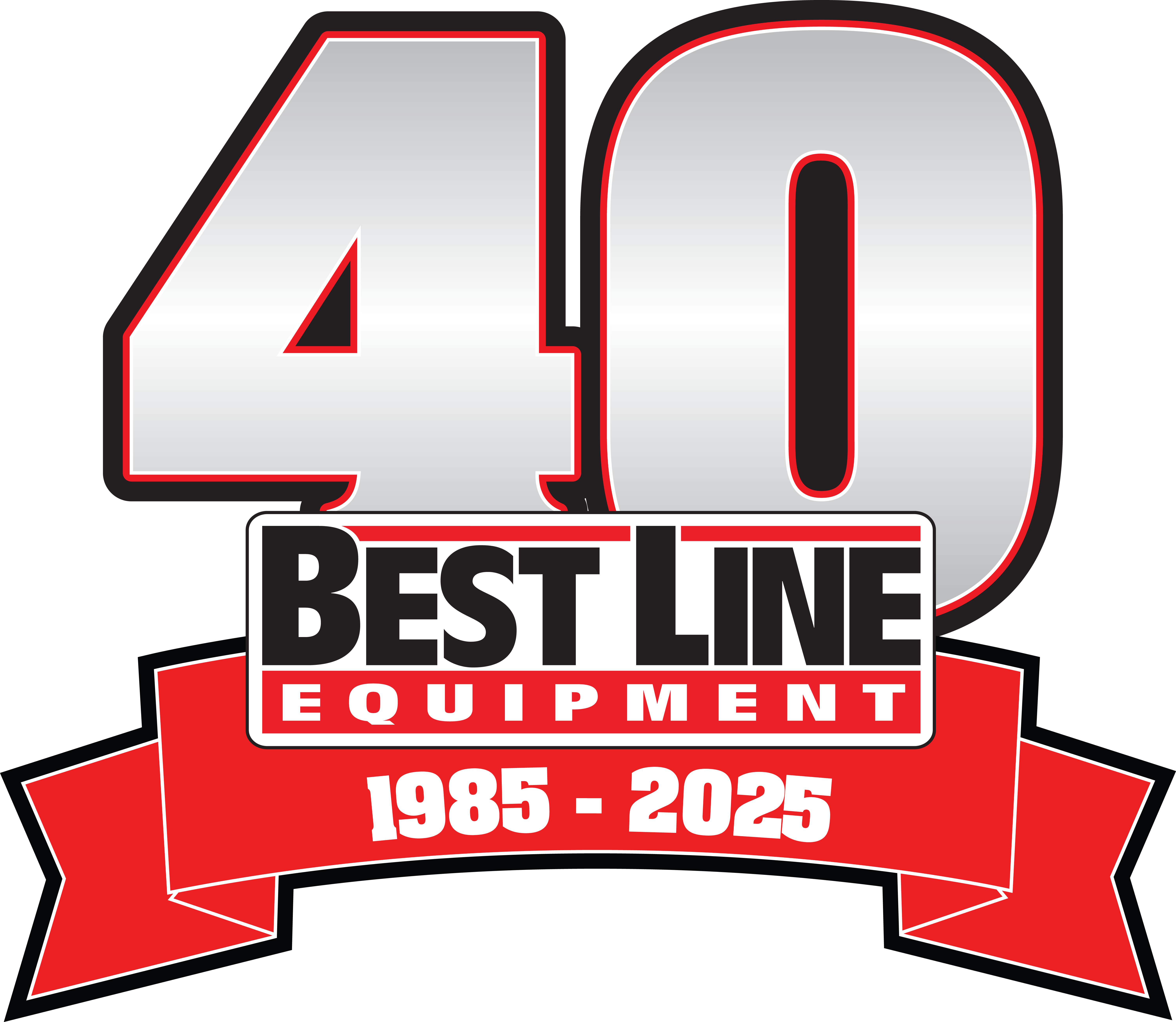Construction Safety in Hot Temperatures
Causes & Illnesses:
We are finally getting warm weather across the state of Pennsylvania which means it is busy season for construction workers. As nice as the hot weather is, it can be dangerous to be exposed to excessive heat. For many jobs and especially the construction field, it is very important to take caution when working for long periods of time in direct heat. Operations that involve radiant heat sources, high humidity, high air temperatures, and direct contact with hot objects or strenuous physical labor can have a high potential for illness due to heat exposure.
Heat can be a hazard to workers in a hot environment because your body must get rid of excess heat to maintain a stable internal temperature. When your body sweats, it is your body's attempt to cool itself down. When the air temperature is getting to be your normal body temperature, the cooling process because much more difficult. The blood that circulates to the skin cannot lose its heat. If the body cannot get rid of excess heat, it will store it. When this happens, the body's core temperature rises and the heart rate increases. When the body continues to store heat, a person can start to lose concentration and may become ill and irritable. After this stage, if you do not attend to your body to give it proper hydration and cooling, typically tainting is a common outcome and even death can occur. Excessive heat can cause a range of heat illnesses from heat rash and cramps, heat exhaustion, and heat strokes. Heat strokes if not treated properly and with medical attention can result in death.
Prevention:
The good news is that most heat related illness and health problems can be avoidable. The best way to avoid heat illness is to take appropriate measures to ensure that problems stated in the section above do not happen. The following are a few practices to help remind yourself or your employees how to reduce the risk of illnesses.
Hydrate, Hydrate, Hydrate!
- This is the number 1 method to avoid heat related illnesses on the jobsite. Drink water every 15-20 minutes on the jobsite, even if not thirst. Hydrating in small amounts more frequently is better than drinking large amounts every so often. Hydrating while working helps but maintaining good hydration habits both on and off the clock works better. This helps your body get accustomed to the volumes of fluid being consumed and processed. Remember, try to avoid caffeinated beverages as well. Drinks such as sodas and coffee do not help your thirst or hydrate your body as well as water or sports drinks containing balanced electrolytes.
2. Short Breaks
- Taking breaks in a cool area is also vital to preventing heat illnesses. Allow yourself or your employees to take multiple breaks to rest in an air conditioned room or cool area. Also, allow new or returning employees to gradually increase their workloads and time in the heat by allowing more frequent breaks. Let employees build a tolerance and acclimate to working in the heat.
3. Engineering Controls
- Having air conditioning in the cabs of equipment such as skid steers orexcavators is a good way to keep employees safe. Reflective shields are also common to redirect radiant heat away.
4. Have a Plan
- In the event that a heat related illness occurs you should always have an emergency plan. Emergency plans should be communicated clearly too all employees and workers on the jobsite. Supervisors and employees should know what the symptoms are so they can appropriate actions. Heat related illnesses should never be ignored and immediate actions should be taken to cool the person down. Activate 9-11 or contact emergency services as soon as a person shows signs of a heat related illness.


